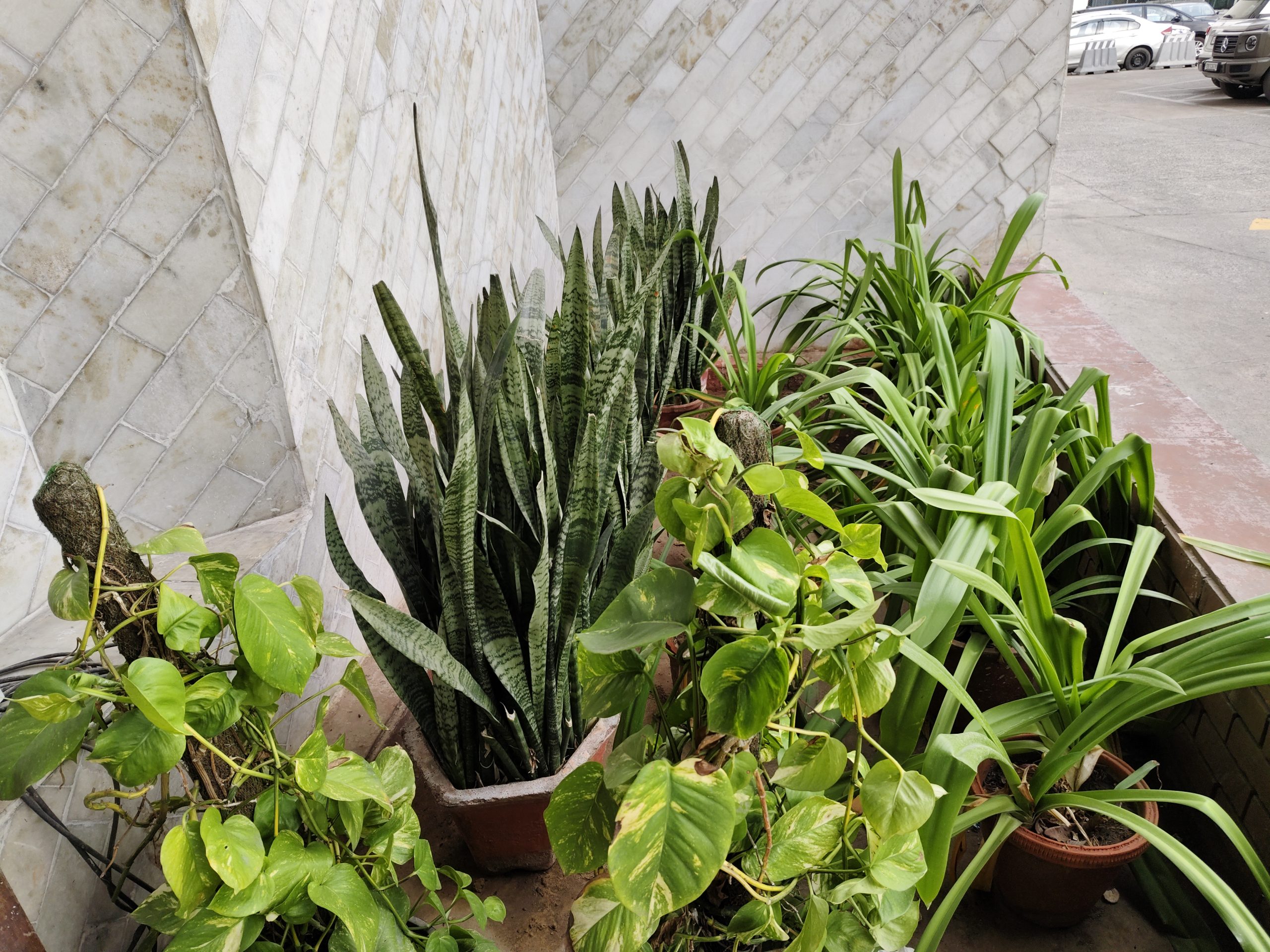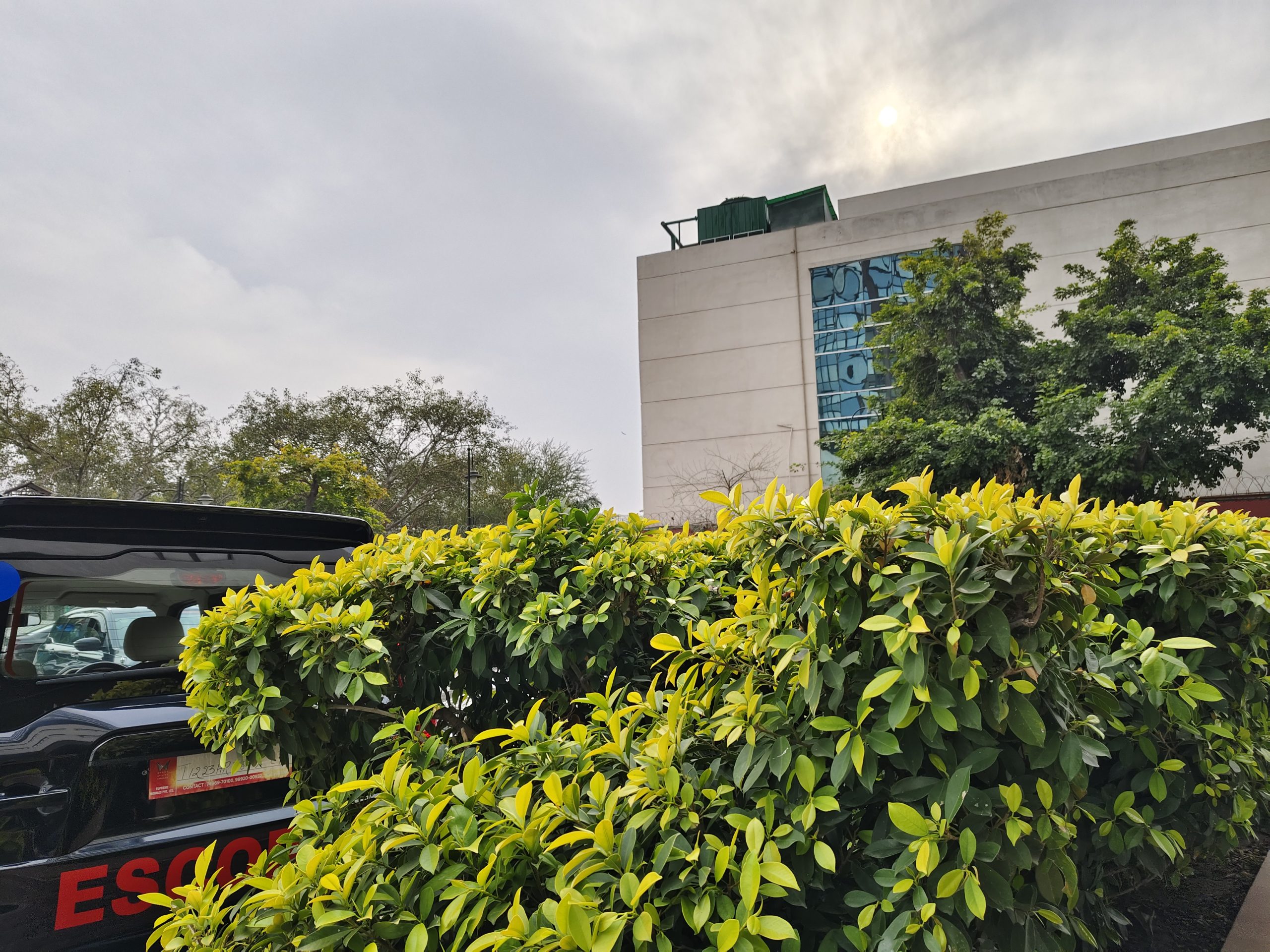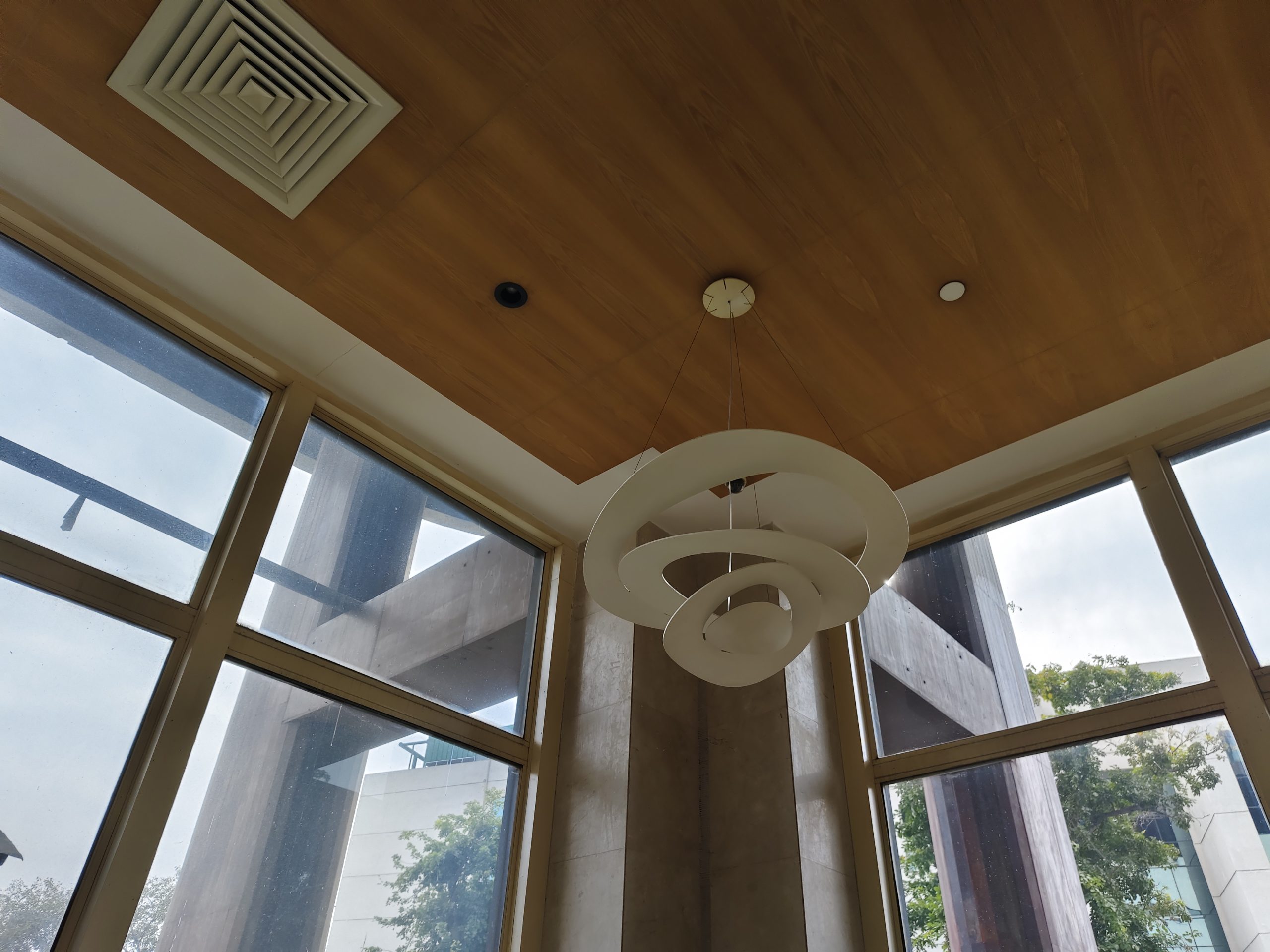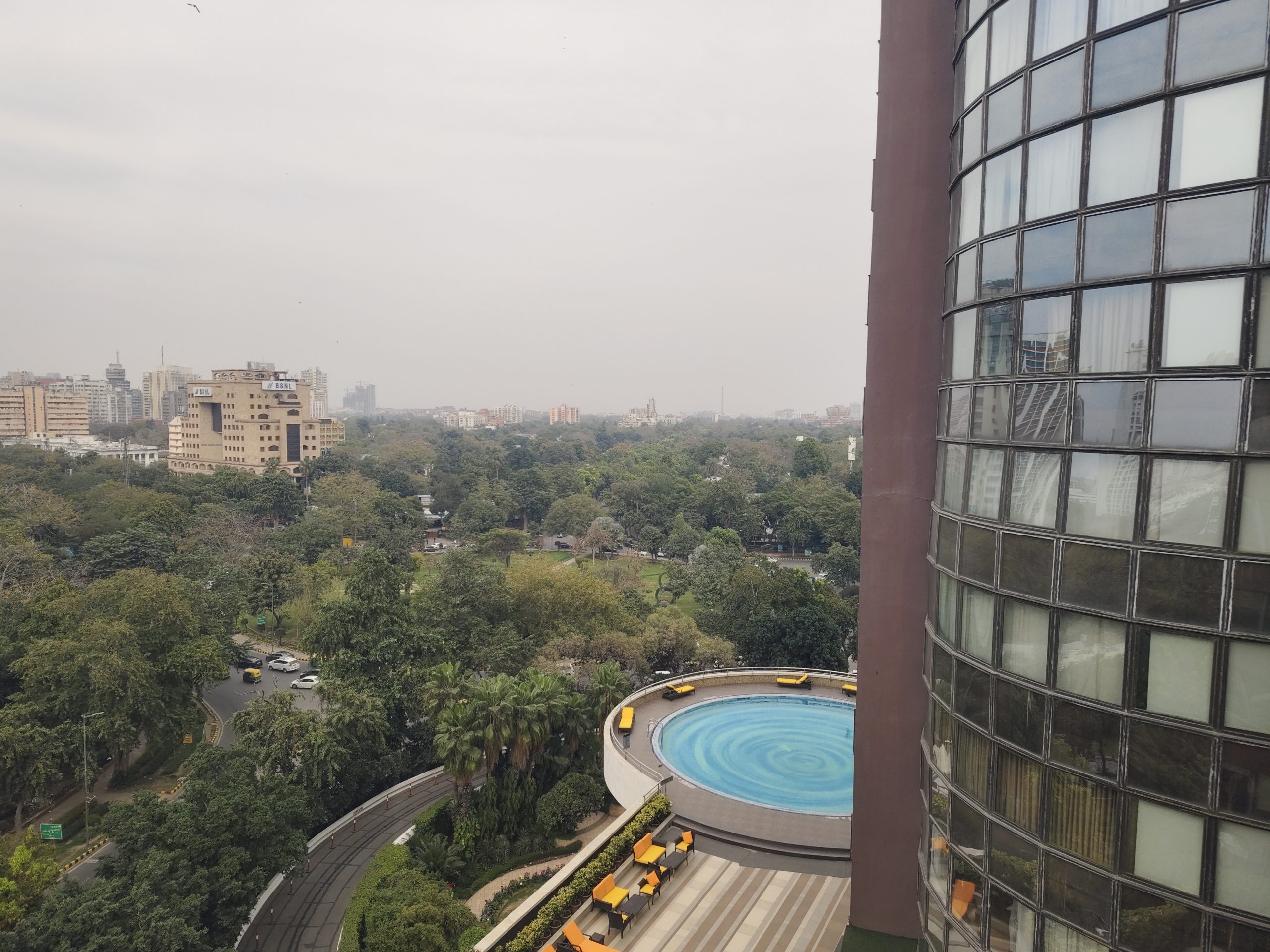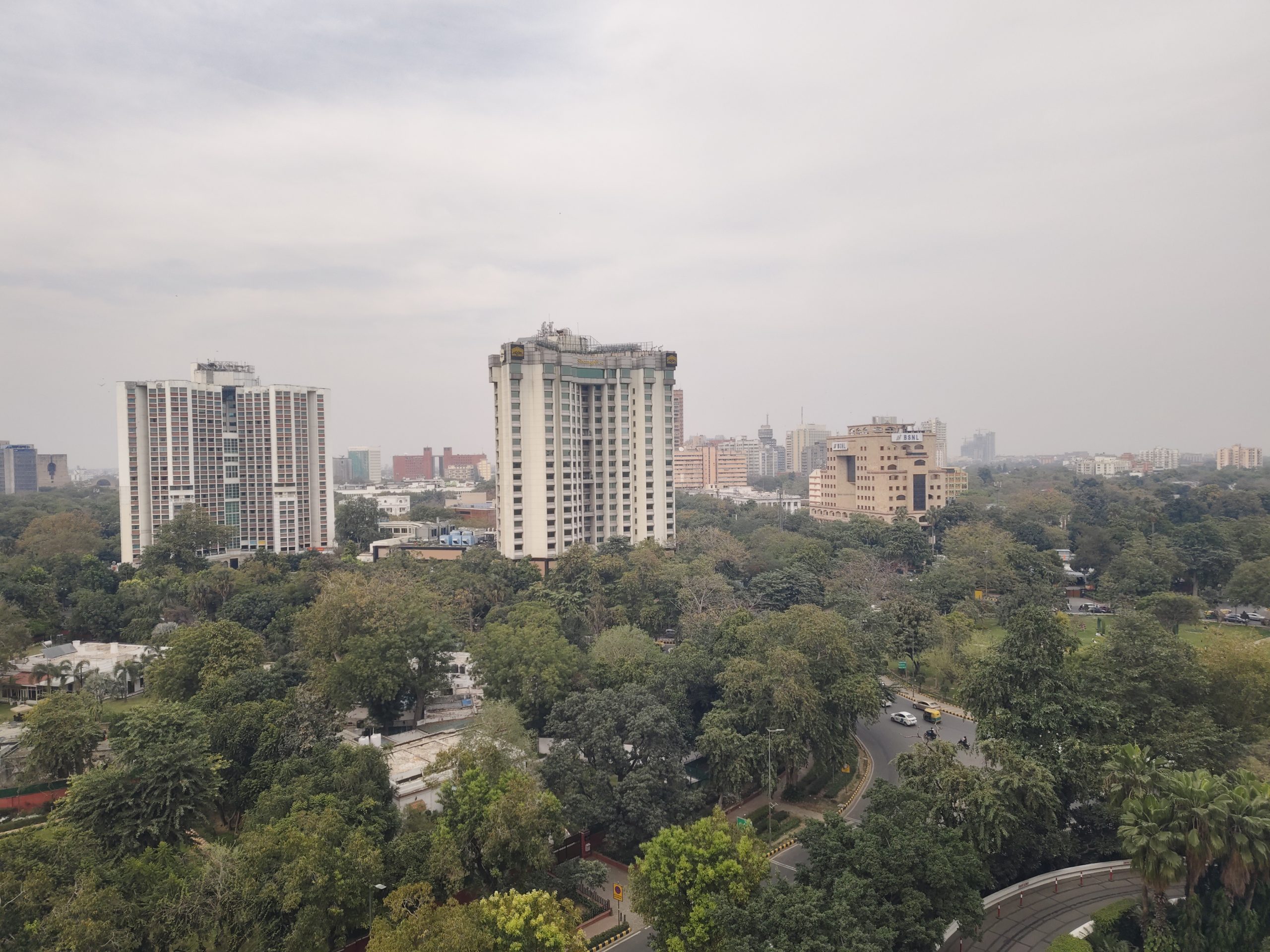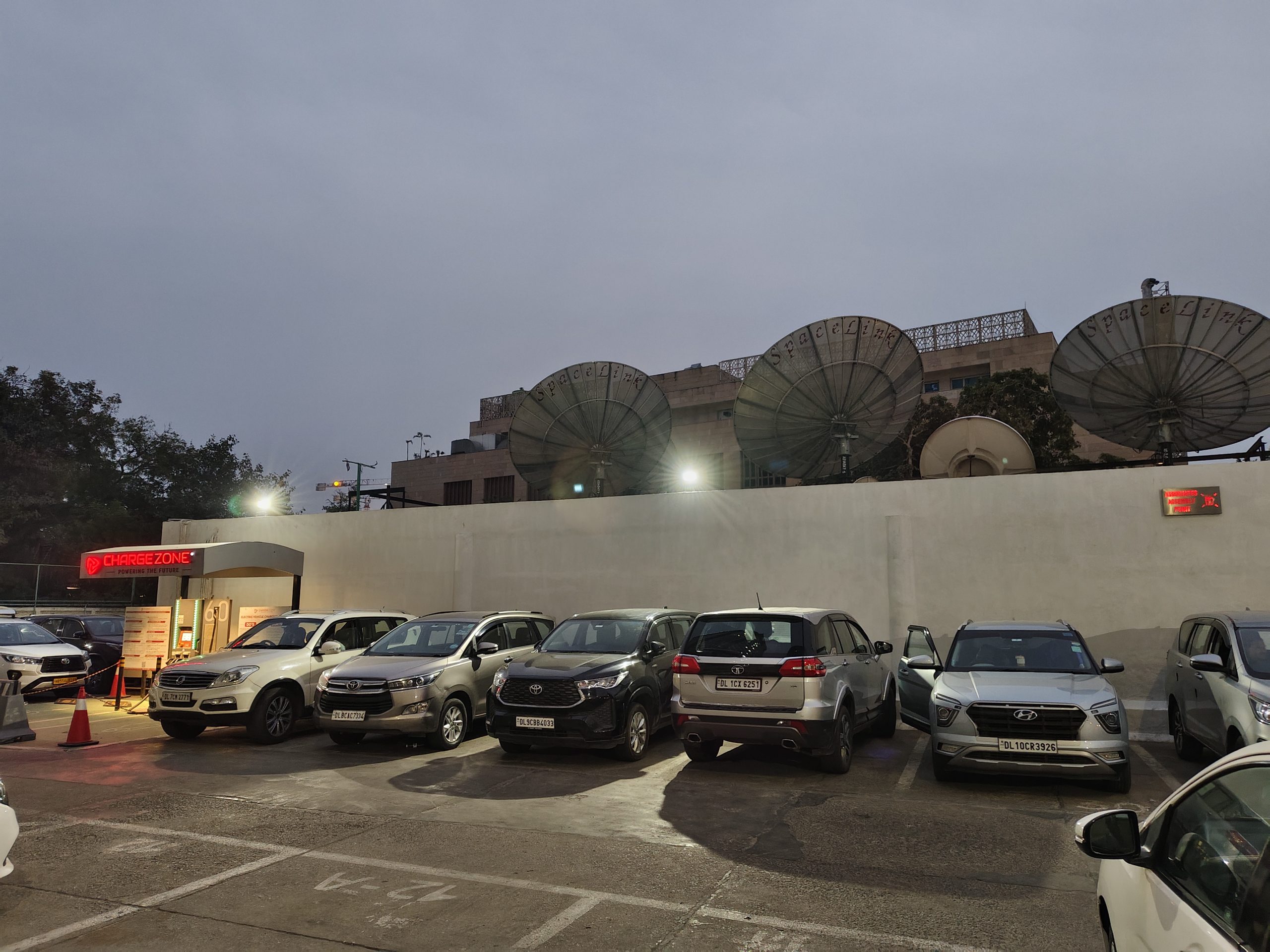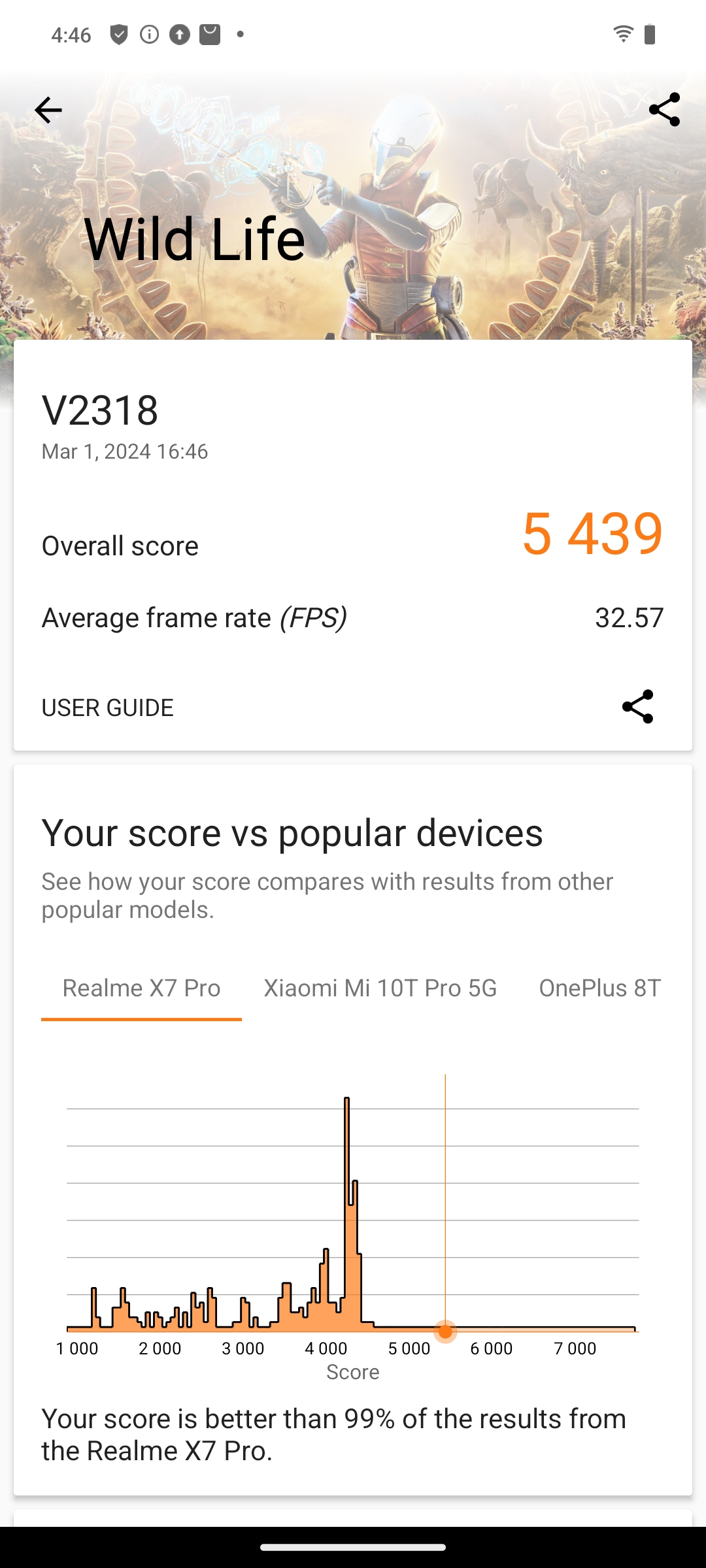Highlights
- Sleek design with an elegant Peacock Green variant and a comfortable grip.
- Dual 50MP cameras featuring innovative Aura Light for superior portraits.
- Powered by Snapdragon 7 Gen 3 for seamless performance and gaming.
- Impressive battery life with 80W fast charging for rapid refuels.
The Vivo V30, launched recently, feels like a distinctive standout in the crowded smartphone market, offering a refreshing take with its sleek form factor and features designed with selfie enthusiasts in mind.
There are many key attributes to the Vivo V30, from its design and usability to its performance, the optical hardware, and overall value.
In an environment dominated by bulky, heavy smartphones and protruding camera modules, the Vivo V30 presents a more recognizable yet captivating appearance.
The question remains: does it merely offer aesthetic appeal, or is there more to discover within its remarkably thin frame?
Join me as I thoroughly examine the Vivo V30 in this comprehensive review.
Vivo V30 Series: Price, Availability
| Smartphone | Configuration | Price |
|
Vivo V30
|
8GB + 128GB | Rs 33,999 |
| 8GB + 256GB | Rs 35,999 | |
| 12GB + 256GB | Rs 37,999 |
Vivo V30: Unboxing Video
Vivo V30: Pros and Cons
| Pros | Cons |
| Sleek, Elegant Design | Pre-installed Bloatware |
| Vibrant Display Quality | Uncertain Software Updates |
| Impressive Camera Features |
Vivo V30: Key Specs
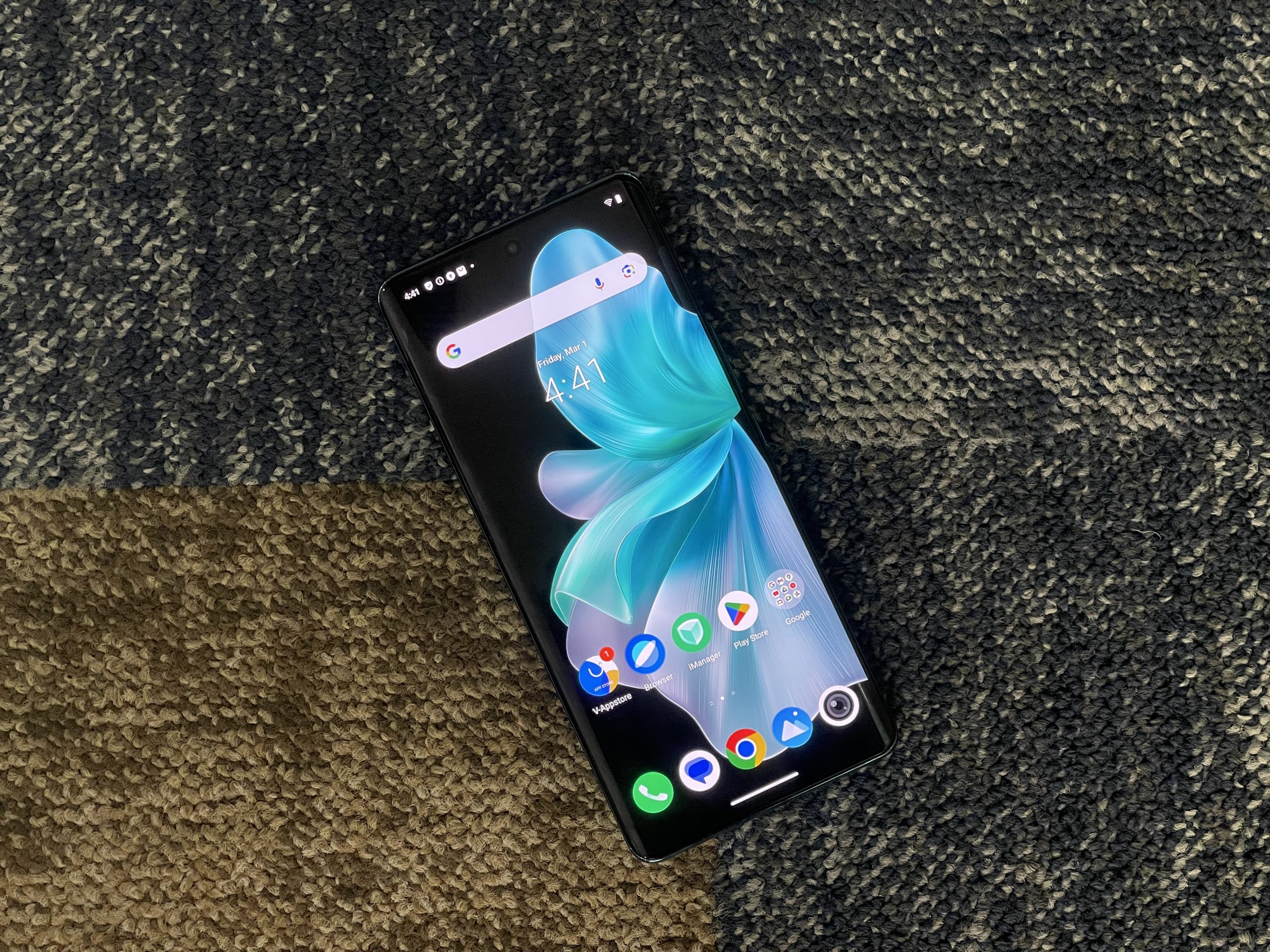
- 6.78-inch AMOLED, 2800 nits, 120Hz
- Snapdragon 7 Gen 3 Processor
- Dual 50MP Cameras + Aura Light
- 12GB RAM, 256GB Storage
- 5000mAh Battery, 80W Fast Charging
- FunTouch OS based on Android 14
- In-display Fingerprint Sensor, 5G Support
Vivo V30: Design and Display
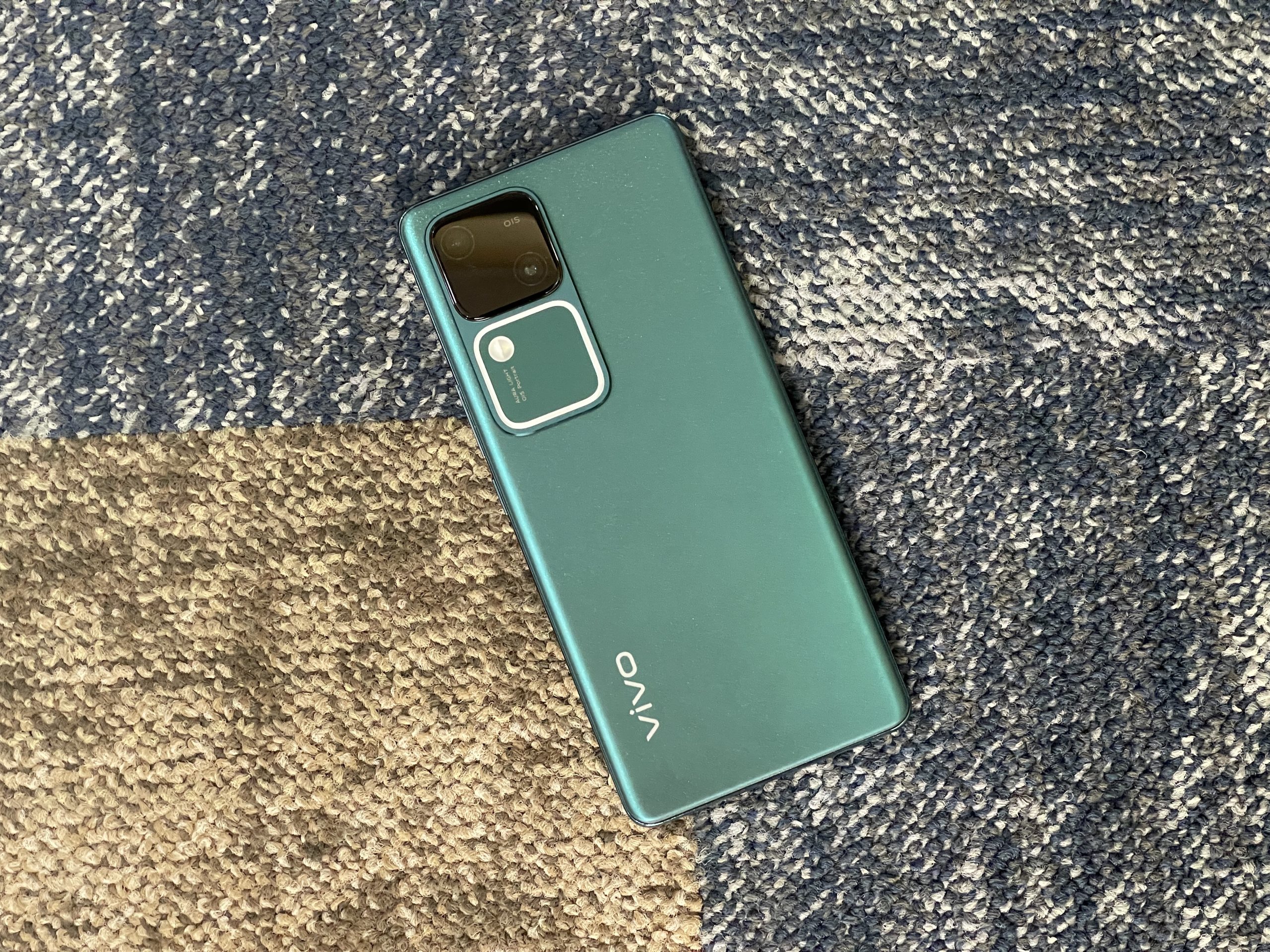
The Vivo V30 carves its niche in the smartphone market with a design ethos that is both refreshing and elegant.
As I cradle the device, its slim profile and lightweight feel immediately impress, offering a comfortable grip that is as pleasant as it is stylish.
The Peacock Green variant, which I have the pleasure of reviewing, elevates this elegance with intricate patterns on its back, adding a layer of sophistication.
This model embraces the curved glass back and “3D curved screen” concept, a design choice that may seem out of vogue to some.
Yet, under the right light and at optimal angles, its beauty is undeniable.
The device’s contour is effortlessly sleek, presenting a visual delight amidst a landscape often dominated by bulkier alternatives.
I appreciate the approach to the camera module which is a departure from the norm as well.
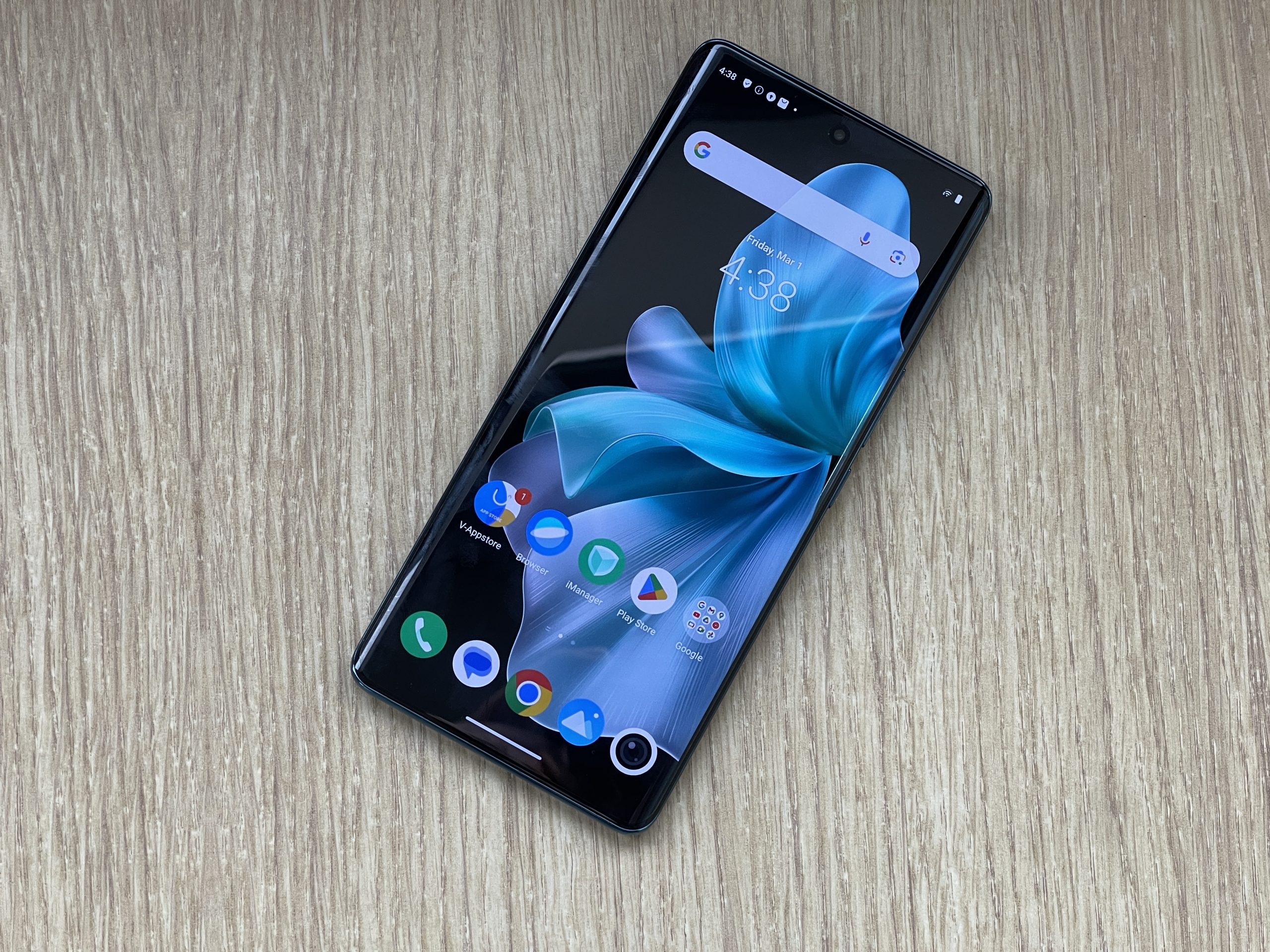
Eschewing the trend towards larger camera housings, the Vivo V30 opts for a tastefully sized, single-raised rectangle with smooth rounded corners.
The Vivo V30’s expansive 6.78-inch AMOLED display is a sight to behold, radiating with up to 2800 nits of brightness and a swift 120Hz refresh rate.
While using it, I found the screen to be luminous and colourful, enhancing my content with vividness, though it didn’t quite surpass my expectations.
The audio quality accompanies the visual experience adequately, allowing for an enjoyable consumption of music, videos, and games directly from the phone’s speakers.
While satisfactory for casual listening, those with a keen ear for sound might find themselves leaning towards higher-quality external options.
Even so, the device doesn’t skimp on visual credentials, supporting Dolby Vision and HDR10+ for an enriched viewing experience.
I’m particularly impressed with the deep blacks and accurate color reproduction; the lack of any noticeable shift when viewed at angles is commendable.
The slim bezels amplify the immersive experience, and the punch-hole selfie camera is so discreet it almost disappears, avoiding any distraction from the viewing area.
The curved edges are not just about aesthetics; they contribute to the premium and sleek feel of the device, enhancing the overall ergonomics.
Vivo V30: Camera and Optics
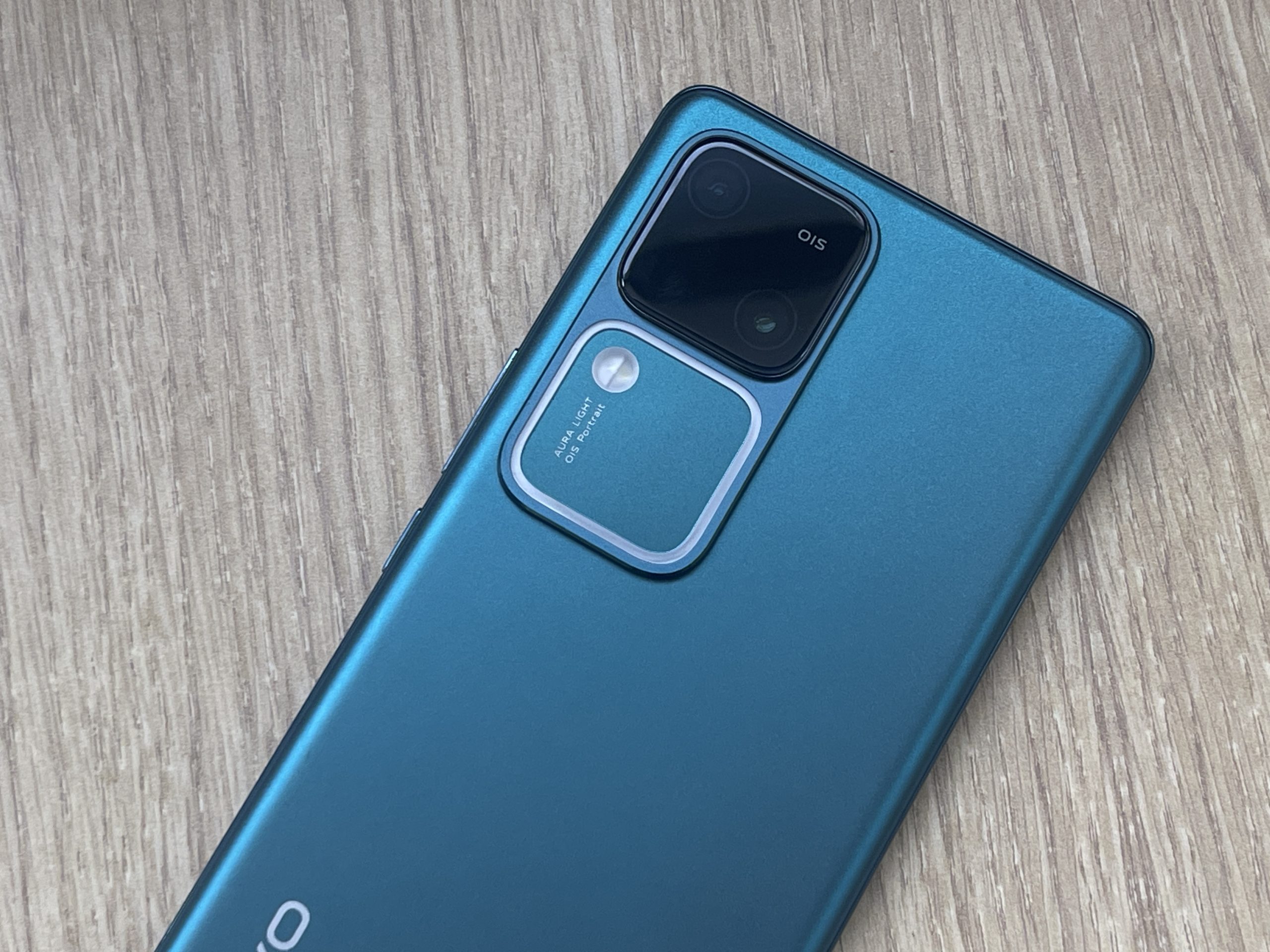
The Vivo V30’s camera setup presents an intriguing blend of capabilities, with its strengths shining through despite some limitations.
It forgoes a dedicated telephoto lens, instead offering dual 50MP sensors for both primary and ultra-wide-angle photography.
The main camera, equipped with “True Color” Camera-Bionic-Spectrum VCS technology, impresses with its vivid and colorful output, although the colors sometimes border on being overly saturated.
The addition of the Aura Light is a game-changer for portrait photography, providing a soft, evenly distributed light reminiscent of a mini Ring Light favored by live streamers and influencers.
Selfies taken with the 50MP front-facing camera are pleasing, supported by various selfie-centric modes and the high resolution allows for significant cropping without loss of detail.
Skin tones are accurately rendered, making it a solid choice for selfie enthusiasts.
I noticed the primary camera delivers excellent dynamic range and fast autofocus, though I wish the shutter speeds were quicker.
The tap-to-focus feature is responsive, and the portraits produced are particularly striking.
The camera interface is user-friendly, albeit with many advanced features tucked away in the settings, which may not be frequently used by the average user.
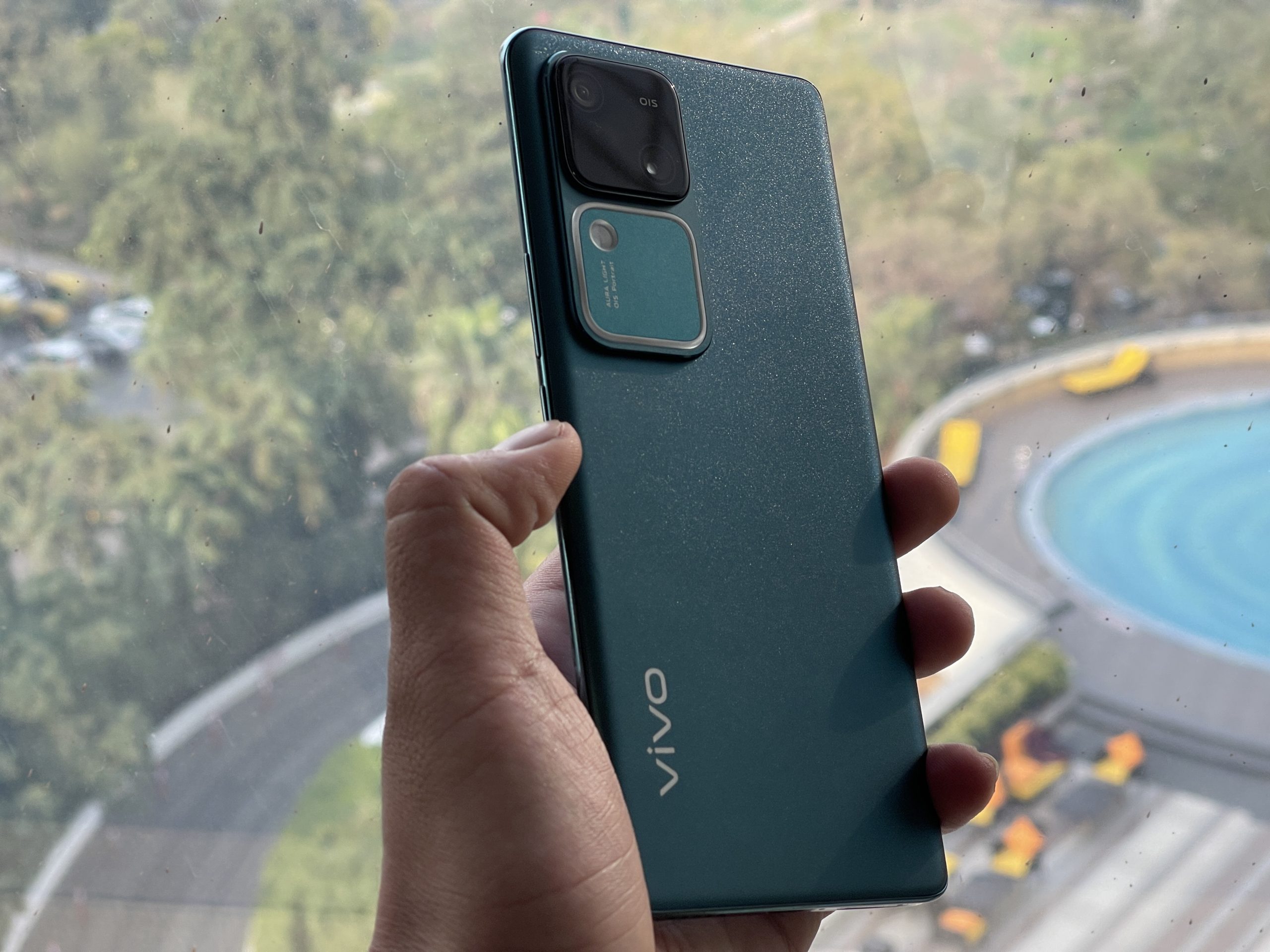
The ultra-wide shots, while vibrant, tend to soften towards the edges, with a noticeable shift in color temperature under certain lighting conditions when compared to the primary camera.
Nevertheless, the overall vibrancy of the images remains appealing.
In low light, the performance is decent, though not the best in its class.
The Aura Light can brighten scenes effectively, but it sometimes detracts from the natural ambiance of the photo.
While focusing can be hit or miss in darker settings, the dedicated Night mode and the pronounced shadows it captures have their charm, offering room for improvement in low light capabilities.
In summary, the Vivo V30’s camera system, with its vibrant colour output and innovative Aura Light, makes it a strong contender for those prioritising photography in their smartphone choice.
While there’s room for improvement, especially in low light conditions and ultra-wide consistency, its overall performance is commendable.
A closer look at my Vivo V30’s comprehensive camera overview is recommended for those interested in photography.
Vivo V30: Day Camera Samples
Vivo V30: Night Camera Samples
Vivo V30: Day Video
Vivo V30: Night Video
Vivo V30: Performance and Features
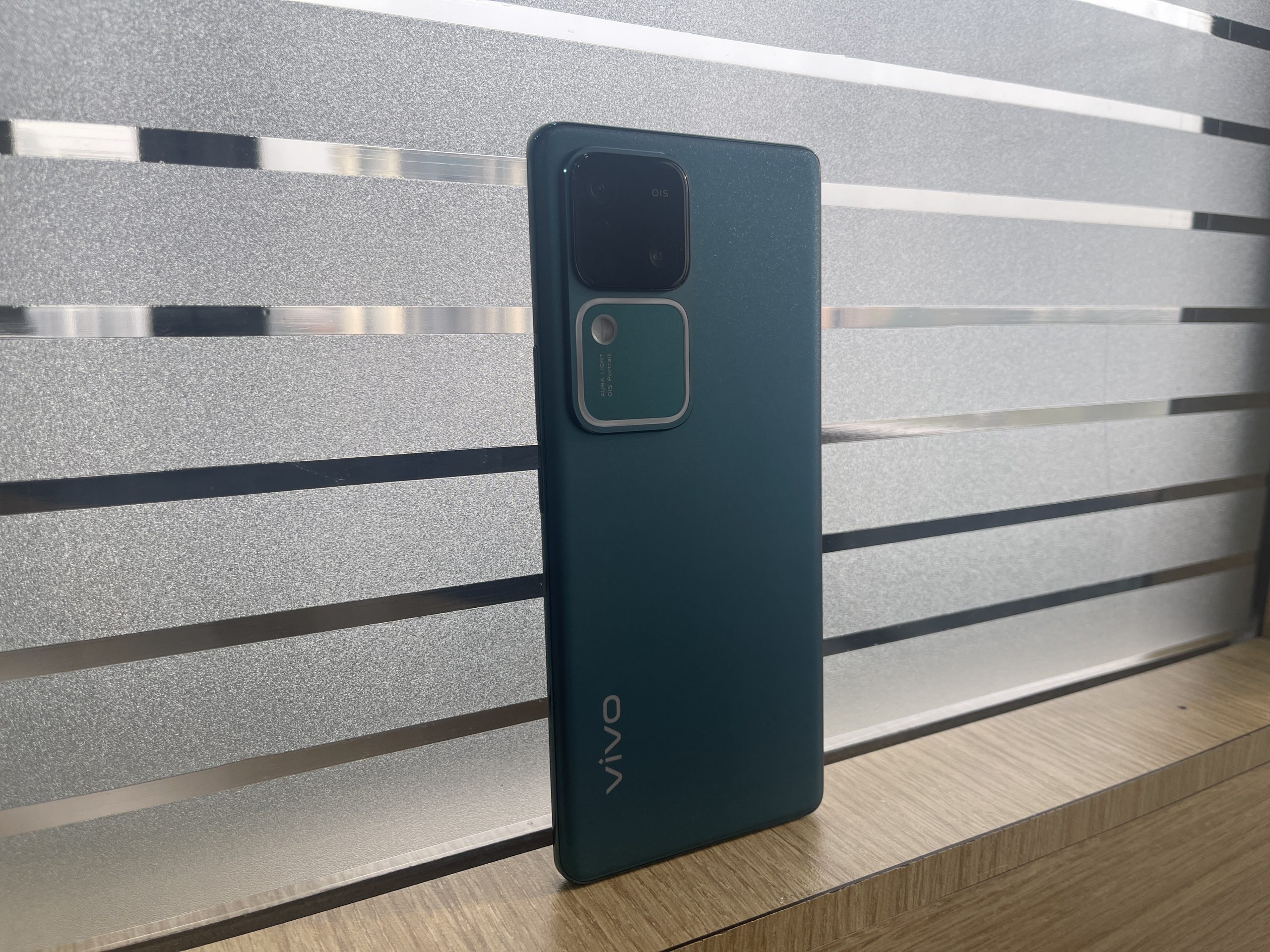
In my experience with the Vivo V30, its performance has been nothing short of impressive.
At the heart of this device lies the Snapdragon 7 Gen 3 processor, coupled with up to 12GB of RAM and 256GB of storage, equipping it with the prowess needed for any task I’ve thrown its way.
From multitasking with multiple apps open simultaneously to engaging in graphically demanding games, the Vivo V30 has managed it all smoothly, without any hint of stutter or lag.
Gaming on this smartphone is a pleasure, especially when I dial the settings down slightly to optimize performance.
The large vapor cooling chamber inside is a standout feature, ensuring the device stays cool to the touch even during extended gaming sessions, a testament to its well-thought-out design for heat management.
Benchmark tests confirm the Vivo V30’s capabilities, aligning with my personal experience of a seamless operation, whether for everyday tasks or high-end mobile gaming.
The device’s in-display fingerprint sensor deserves a mention for its reliability and speed, enhancing the overall user experience with its seamless functionality.
The dual-speaker setup, supporting Dolby Atmos, enriches the audio experience, though as I said before, I found myself wishing for a tad more volume.
Connectivity is another area where the Vivo V30 excels, with both SIM slots supporting 5G, ensuring fast and reliable connections without any issues.
Vivo V30: Software and Battery Life
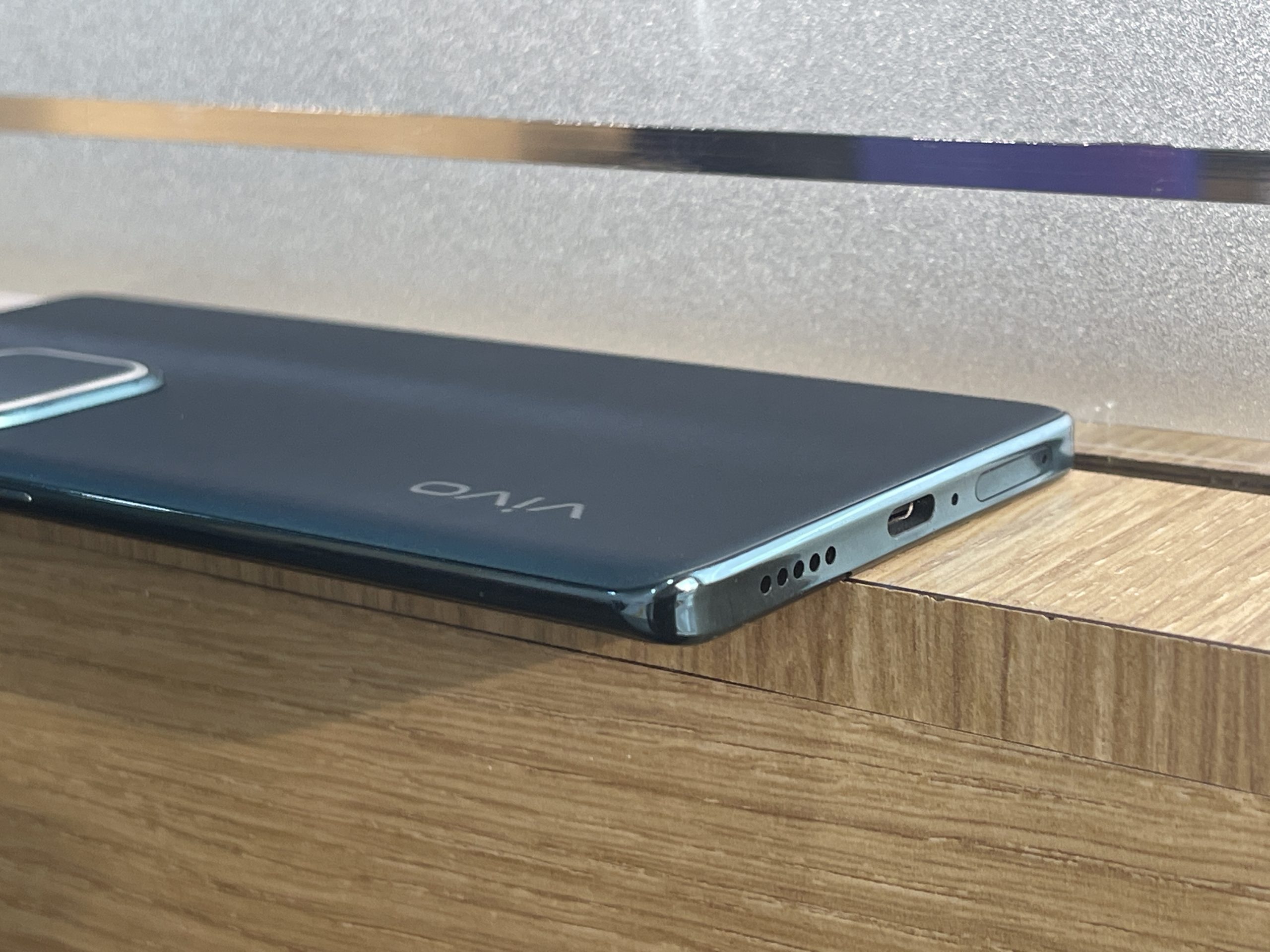
The Vivo V30 comes with FunTouch OS which is based on Android 14.
This custom skin is quite dense, offering a multitude of customization options for both the home and lock screens, an array of widgets, and a notable amount of pre-installed applications, a common problem with most Chinese OEMs.
There is the presence of some unwanted game shortcuts cluttering the app drawer detracting from the otherwise smooth user interface.
Despite this, the abundance of third-party apps could be easily removed with a few taps, though Vivo’s own suite of apps often duplicated functionalities already provided by Google’s default apps.
While the interface is highly intuitive and customisable, one aspect that leaves room for improvement is Vivo’s commitment to software support.
The brand comes with a software promise of 3 generations of Android updates & 4 years of security updates.
This is a point of concern, as it potentially limits the device’s longevity compared to competitors like the OnePlus 12R, which benefits from a much more extended OS update cycle.
The Vivo V30 Pro boasts an impressive battery life, a standout feature that sets it apart.
With a generous 5000mAh battery nestled within its sleek frame, the phone effortlessly powers through a full day’s journey on a single charge.
The inclusion of 80W fast charging technology is akin to having a quick pit stop that ensures you’re back on the road in no time—merely 40 minutes to go from empty to full.
During my time with the Vivo V30 Pro, I consistently enjoyed about 6-7 hours of screen-on time.
This is remarkable, especially considering the device’s rapid recharging ability which juices up the phone in a jiffy.
Vivo V30: Final Verdict
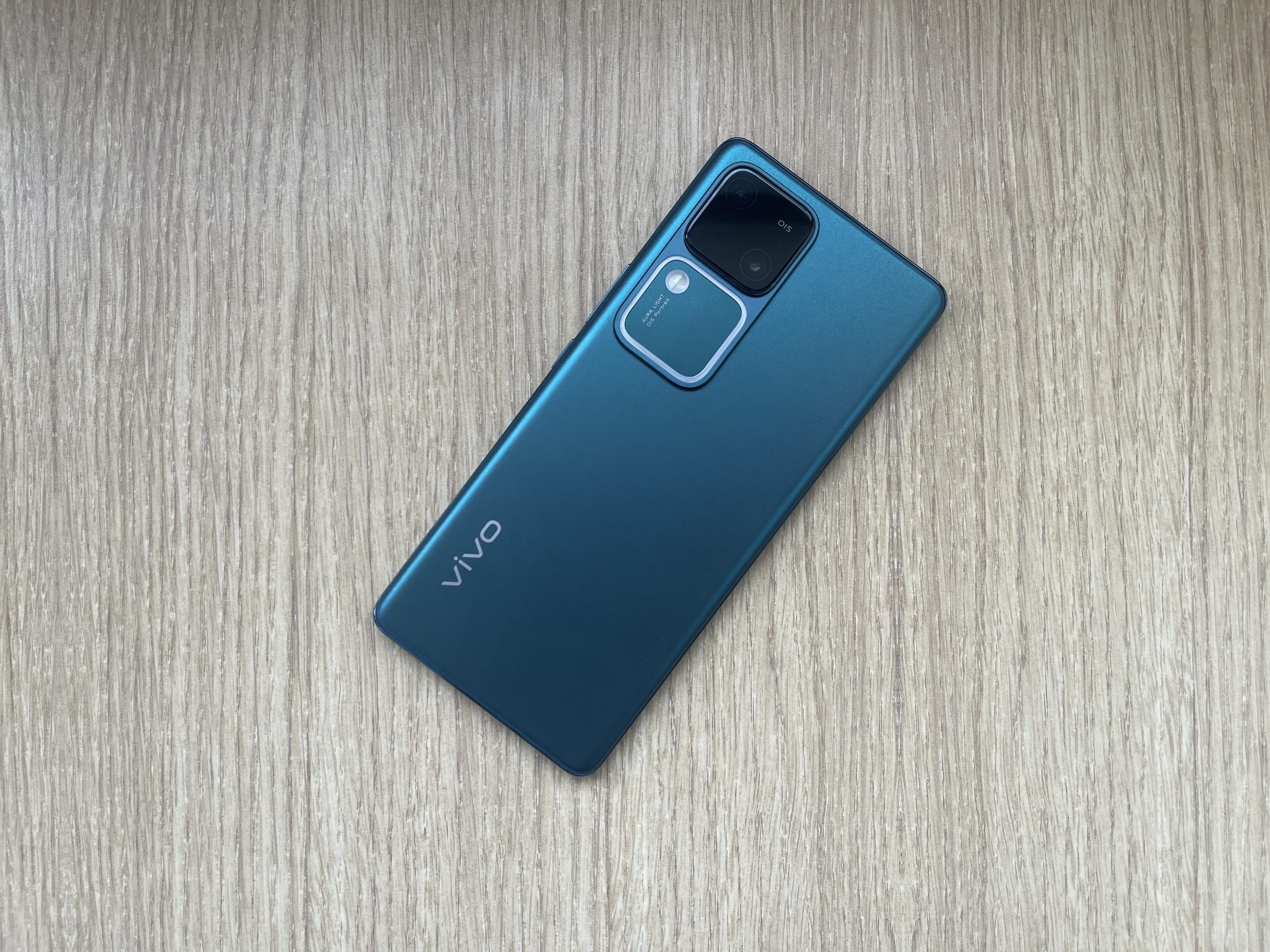
The Vivo V30 is a pretty decent phone for its price.
It has a top-tier camera setup and despite some limitations in low light and ultra-wide shots, it excels with vibrant colour output and innovative features like the Aura Light for portraits.
The device’s performance, backed by the Snapdragon 7 Gen 3 processor and ample RAM and storage, ensures smooth multitasking and gaming experiences.
While its software support may be uncertain, the V30’s solid battery life, fast charging, and sleek design make it a strong contender.
However, the presence of bloatware and potential longevity concerns due to limited software updates are drawbacks.
Puting that aside though, the Vivo V30 offers a well-rounded package for those prioritizing design, camera quality, and performance.
5 Reasons to Buy
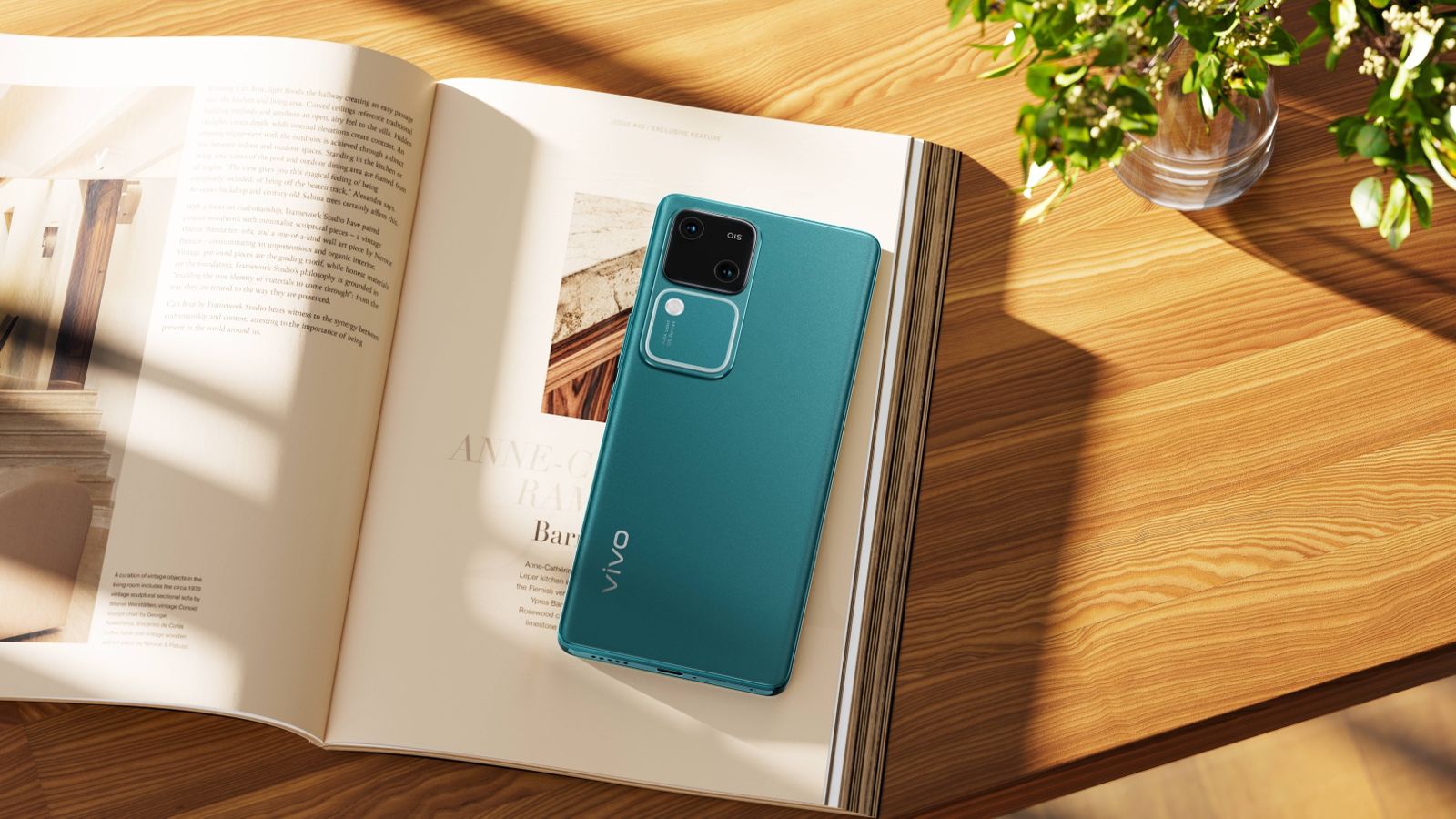
- Elegant Design: Slim profile and lightweight, with sophisticated aesthetics.
- Powerful Camera: Dual 50MP setup with unique Aura Light for stunning portraits.
- Robust Performance: Handles multitasking and gaming effortlessly.
- Rapid Charging: 80W fast charging refuels the battery in just over 45 minutes.
- Vivid Display: Bright and vibrant screen, ideal for media consumption.
3 Reasons Not to Buy
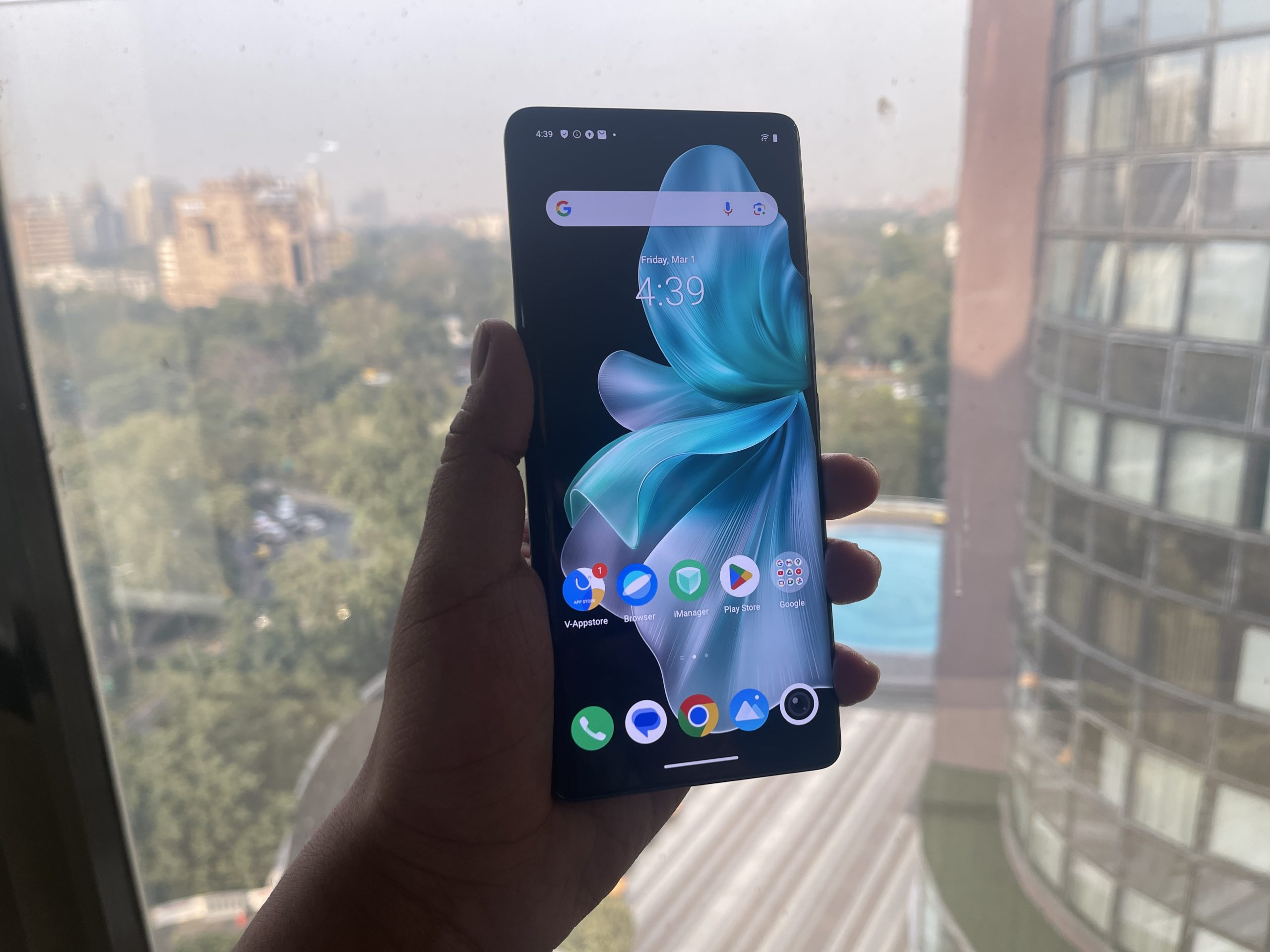
- Bloatware Presence: Unnecessary pre-installed apps and duplications.
- Uncertain Software Support: Potential limitations on longevity compared to rivals.
- Audio Quality: Adequate but could benefit from higher volume levels.
Top 5 Alternatives to the Vivo V30
iQOO Neo 9 Pro
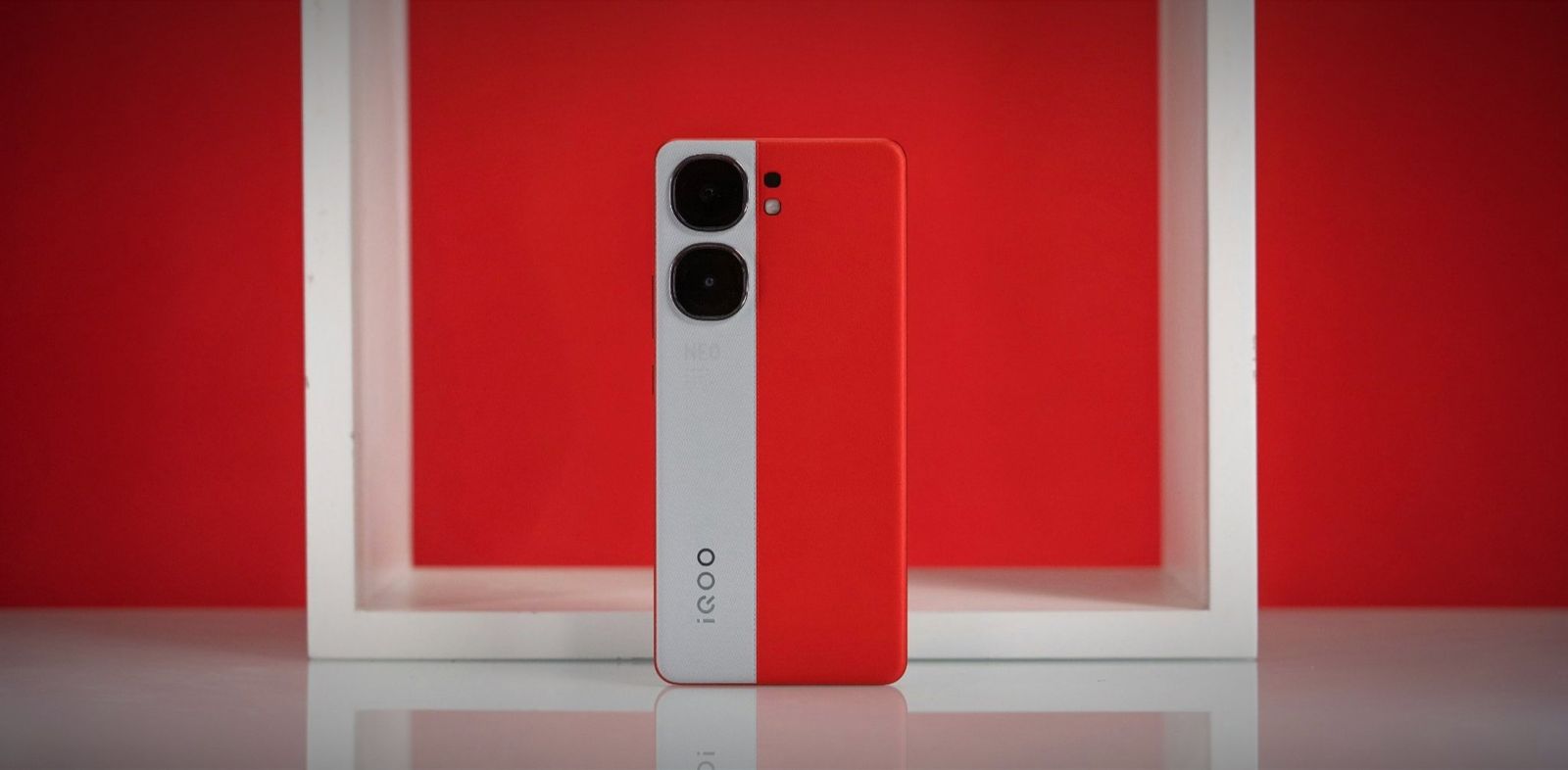
- Price: Rs 36,999
- Processor: Snapdragon 8 Gen 2 SoC
- Display: 144Hz LTPO OLED
- RAM/Storage: 8GB/256GB
- Camera: 50MP Sony IMX920 VCS primary sensor
- Battery: 5,100mAh with 120W fast charging
- Special Features: Vegan leather option available.
OnePlus 12R
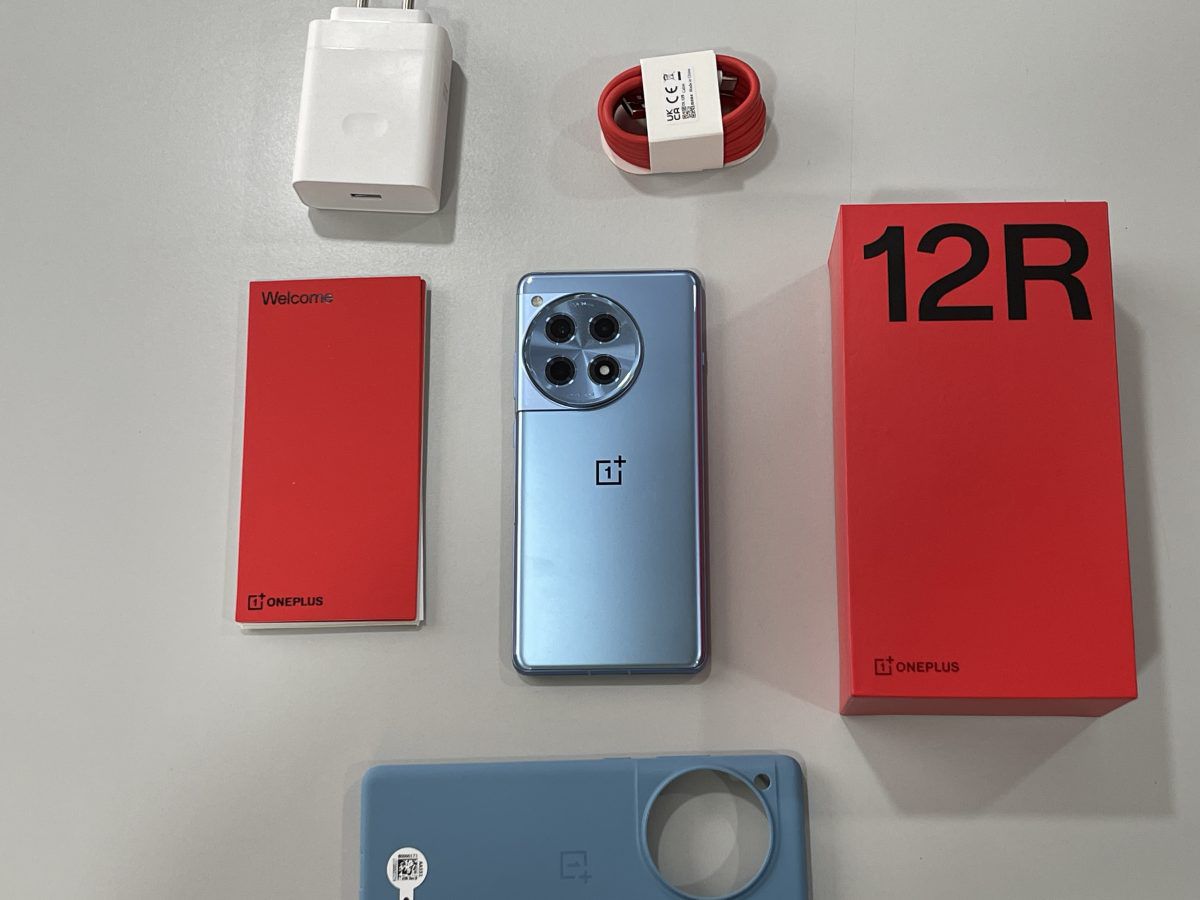
- Price: Rs 39,999
- Processor: Snapdragon 8 Gen 2 chip
- Display: 120Hz LTPO 4.0 OLED, peak brightness of 4,500 nits
- RAM/Storage: 8GB/128GB
- Camera: 50MP triple-camera setup
- Battery: 5,500mAh with 100W fast charging
- Software: Android 14.
Oppo Reno 11 Pro
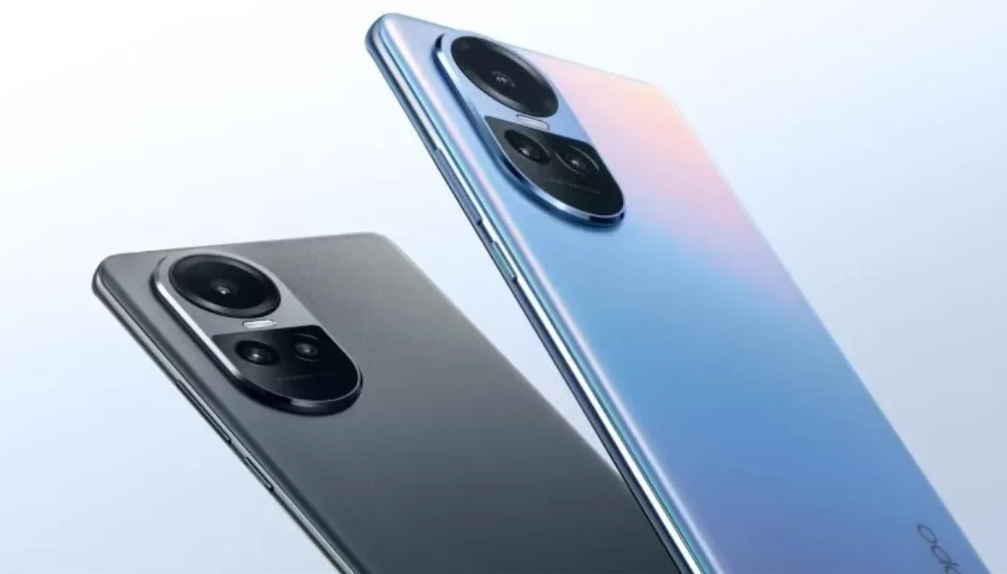
- Price: Rs 38,999
- Processor: MediaTek Dimensity 8200 SoC
- Display: 120Hz curved AMOLED
- RAM/Storage: 12GB/256GB
- Camera: Triple setup with 50MP primary + 32MP telephoto + 8MP ultrawide
- Battery: 4,600mAh with 80W fast charging
- Front Camera: 32MP.
Nothing Phone (2)
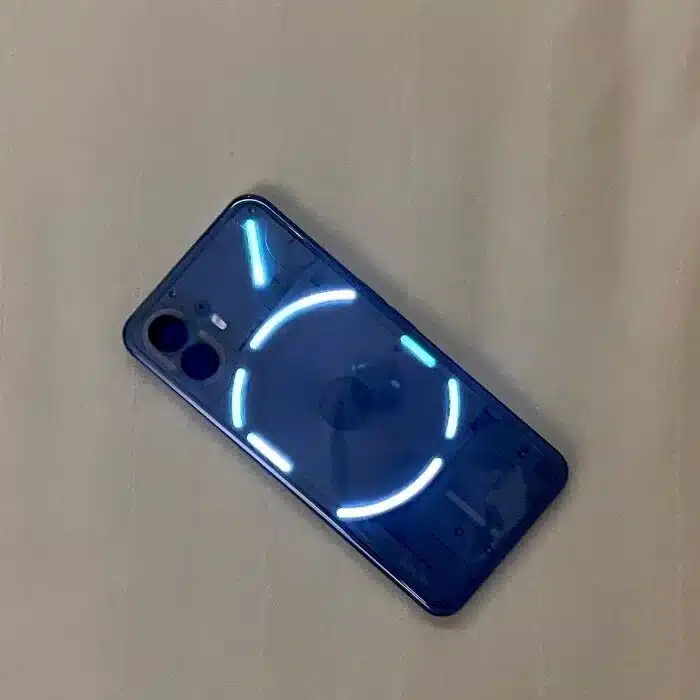
- Price: From Rs 36,999
- Processor: Snapdragon 8+ Gen 1 SoC
- Display: 120Hz LTPO OLED
- RAM/Storage: 12GB/256GB
- Camera: Dual 50MP primary and ultrawide lenses
- Battery: 4,700mAh with wired and wireless fast charging
- Design: Customizable LED lights and transparent design.
Google Pixel 7a
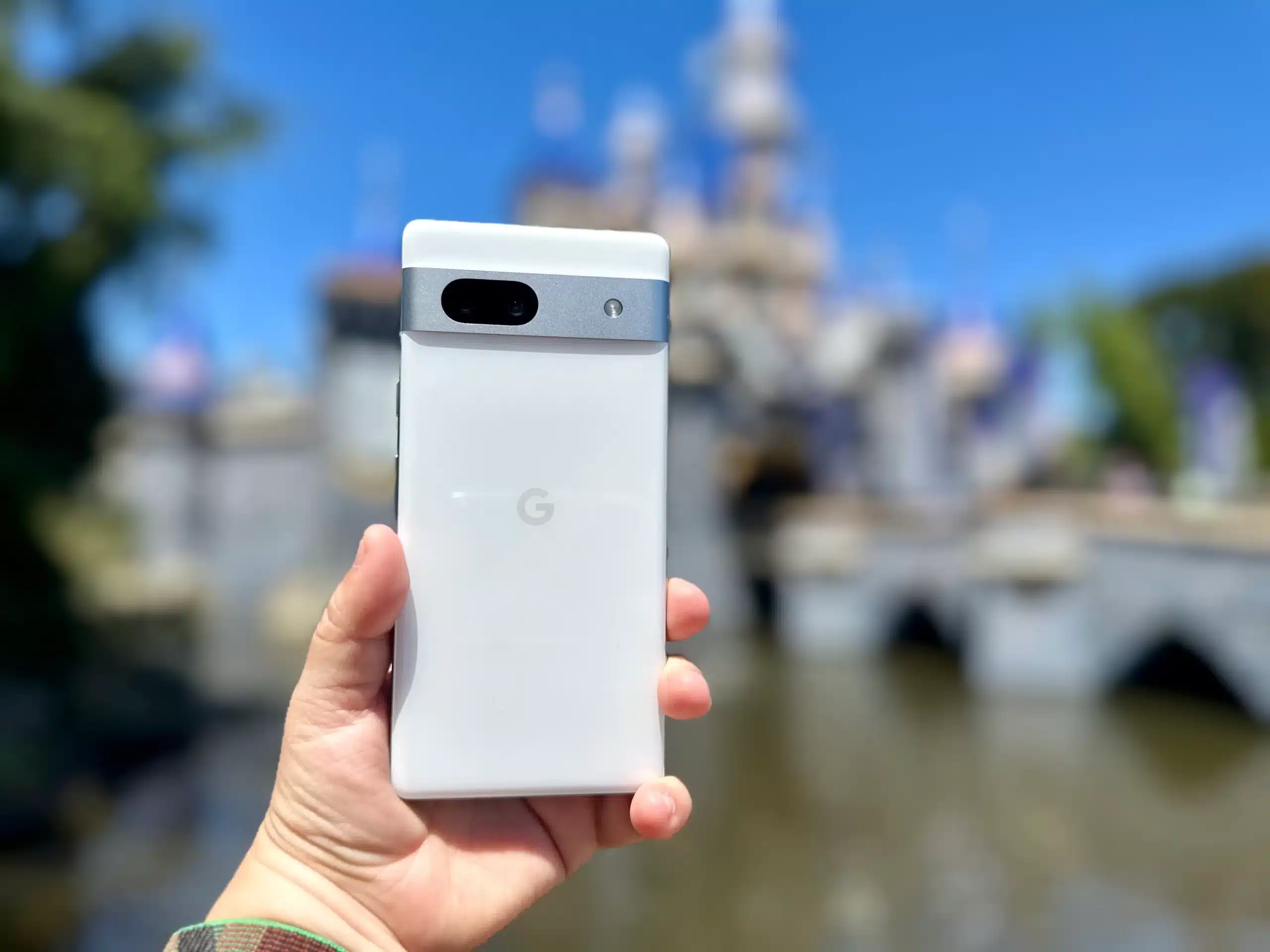
- Price: From Rs 38,999
- Processor: Google Tensor G2 SoC
- Display: 90Hz OLED
- RAM/Storage: 8GB/128GB
- Camera: 64MP primary + 13MP ultrawide, 50MP dual-camera setup
- Battery: 4,385mAh with 18W wired and 7.5W wireless charging
- Software: Offers three years of software updates and five years of security updates.
Vivo V30 5G Specs
GENERAL
| Sim Type | Dual Sim, GSM+GSM |
| Dual Sim | Yes |
| Sim Size | Nano+Nano SIM |
| Device Type | Smartphone |
| Release Date | September 27, 2024 (Expected) |
DESIGN
| Bezel less | Yes |
DISPLAY
| Type | Color AMOLED Screen (1.07 B) |
| Touch | Yes |
| Size | 6.73 inches, 1080 x 2400 pixels, 120 Hz |
| Aspect Ratio | 20.5:9 |
| PPI | ~ 395 PPI |
| Screen to Body Ratio | ~ 93.04% |
| Features | AG Glass, HDR 10+, Curved Display |
| Notch | Yes, Punch Hole |
MEMORY
| RAM | 8 GB |
| Expandable RAM | Upto 8 GB Extra Virtual RAM |
| Storage | 256 GB |
| Card Slot | Yes |
CONNECTIVITY
| GPRS | Yes |
| EDGE | Yes |
| 3G | Yes |
| 4G | Yes |
| 5G | Yes |
| VoLTE | Yes |
| Wifi | Yes, with wifi-hotspot |
| Bluetooth | Yes, v5.3 |
| USB | Yes, USB-C v3.1 |
| USB Features | USB on-the-go, USB Charging |
EXTRA
| GPS | GPS, BEIDOU, GLONASS, GALILEO, QZSS, NavIC |
| Fingerprint Sensor | Yes, In Display |
| Face Unlock | Yes |
| Sensors | Ambient Light sensor, Proximity sensor, Accelerometer, E-compass, Gyroscope, |
| 3.5mm Headphone Jack | No |
CAMERA
| Rear Camera | 108 MP f/1.89 (Main) 13 MP f/2.2 (Wide Angle) 2 MP (Macro) with autofocus |
| Features | Eye Autofocus, Night, Ultra-Wide Night, Super Macro, Bokeh Portrait, Portrait Filters, Bokeh Flare Portrait, High Resolution, Live Photo, AR Stickers, Slo-Mo, Time-Lapse, Dual-View Video, Double Exposure, Documents, Pano, Pro, Ultra Stabilization |
| Video Recording | 4K, 1080p |
| Flash | Yes, LED |
| Front Camera | Punch Hole 32 MP f/2 (Main) |
| Front Video Recording | 4K, 1080p |
TECHNICAL
| OS | Android v13 |
| Chipset | Qualcomm Snapdragon 7 Gen3 |
| CPU | 2.63 GHz, Octa Core Processor |
| Core Details | 1xPrime Core@2.63 GHz & 3xPerformance Cores@2.4 GHz& 4xEfficiency cores@1.8 GHz |
| GPU | Adreno GPU |
| Java | No |
| Browser | Yes |
MULTIMEDIA
| Yes | |
| Music | AAC, OGG, FLAC, WAV, APE, MP3, MP2, MP1, OPUS, M4A |
| Video | MP4, 3GP, AVI, FLV, MKV |
| FM Radio | No |
| Document Reader | Yes |
BATTERY
| Type | Non-Removable Battery |
| Size | 5000 mAh, Li-Po Battery |
| Fast Charging | Yes, 120W Fast Charging |
FAQs
What makes the Vivo V30’s design stand out?
The Vivo V30 features a slim profile and lightweight feel, complemented by intricate patterns on its back and curved glass edges, offering a sophisticated and premium look.
How does the Vivo V30 perform in photography?
With dual 50MP cameras and the unique Aura Light, the Vivo V30 excels in capturing vibrant and detailed photos, though it tends to oversaturate colors. The device performs well in various lighting conditions, including low light.
Can the Vivo V30 handle heavy gaming and multitasking?
Yes, the Vivo V30, powered by the Snapdragon 7 Gen 3 processor and equipped with up to 12GB RAM, offers smooth gaming and efficient multitasking capabilities.
What are the Vivo V30’s battery specs and charging capabilities?
The Vivo V30 comes with a 5000mAh battery supported by 80W fast charging, enabling quick recharges and extended usage times.
Are there any concerns with the Vivo V30’s software support?
While the Vivo V30 runs FunTouch OS based on Android 14, there is some uncertainty regarding the duration of future software updates, which might affect its longevity compared to competitors.
Also Read: Vivo V30 Series Launched in India: Check Pricing, Features, Specs, and More
Also Read: Vivo V30 Unboxing and First Impressions: A New Contender in Mid-Range Excellence
Also Read: Vivo V30 Series Launch Teased in India: New Colours and Specs Revealed
Also Read: Vivo V30 Series Rumour Roundup: Expected Specs, Features, and Price






